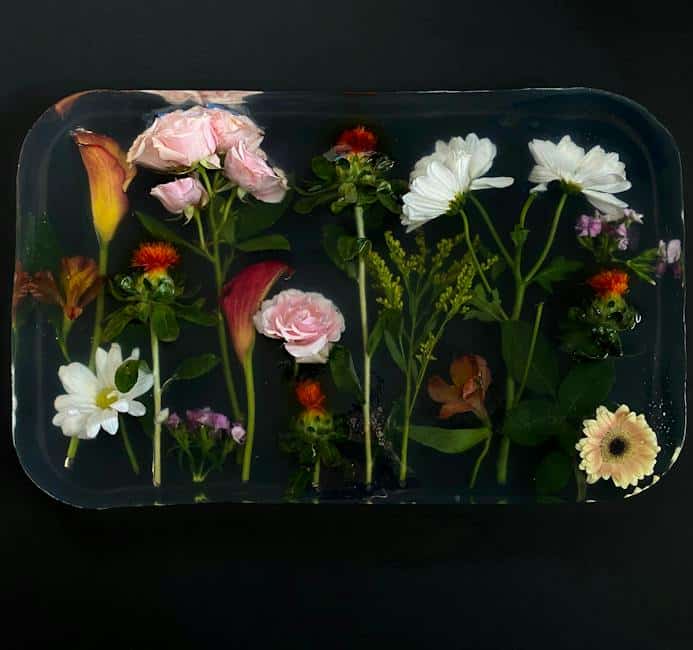Will plants thrive under LED lights?
LED lights have gained popularity as an effective lighting option for plant growth. Many studies and experts agree that plants can indeed thrive under LED lights. In fact, LED lighting is considered one of the best artificial lighting options for various types of plants, including vegetables, flowers, and herbs. Let’s explore the benefits and advantages of using LED lights for plant growth.
Benefits of LED lights for plant growth
LED lights offer numerous advantages that contribute to the healthy growth of plants:
1. Supplemental light source
LED lights serve as a supplemental light source when natural sunlight is limited or unavailable. This is particularly beneficial for indoor gardening or during winter months when sunlight exposure may be insufficient.
2. Extended growing season
By using LED lights, gardeners can extend the growing season and cultivate plants year-round. This is especially advantageous for regions with shorter growing seasons or for those who want to enjoy fresh produce throughout the year.
3. Customizable light spectrum
LED lights allow for customization of the light spectrum, which can be adjusted to cater to different stages of plant growth. By providing the right wavelengths of light, LED lights enhance photosynthesis and promote better overall plant development.
4. Energy efficiency
LED lights are known for their energy efficiency. They consume less energy compared to traditional grow lights, such as fluorescent or incandescent bulbs. This not only saves electricity costs but also reduces the carbon footprint.
5. Easy installation and maintenance
LED lights are easy to install and maintain. They come in various forms, including panels and bulbs, making it convenient for gardeners to set up their indoor gardens. Additionally, LED lights have a longer lifespan, reducing the need for frequent replacements.
6. Low heat emission
Compared to other types of grow lights, LED lights produce less heat. This is beneficial for plant growth as it reduces the risk of overheating and minimizes the need for temperature adjustments. Additionally, lower heat emission decreases the frequency of watering, making it more efficient for gardeners.
7. Adjustable light color composition
LED lights allow for precise adjustment of the color composition of light. By manipulating the light wavelengths, gardeners can enhance specific plant responses and optimize growth conditions.
Comparison to traditional lights
While LED lights offer numerous advantages for plant growth, it’s important to compare them to traditional lights to understand the overall benefits.
Traditional lights, such as fluorescent or incandescent bulbs, also provide the necessary light for plants to grow and be healthy. However, they have limitations in terms of light quality, energy efficiency, and heat production.
LED lights, on the other hand, have a longer lifespan, consume less energy, and operate at a cooler temperature. They are also more durable and harder to break compared to traditional lights. Although LED lights require a higher initial cost, they prove to be more efficient and cost-effective in the long run.
Conclusion
Based on the information gathered from various sources, it is clear that plants can thrive under LED lights. LED lights offer numerous benefits, including energy efficiency, easy installation, customizable light spectrum, low heat emission, and the ability to adjust light color composition.
As an alternative to natural sunlight, LED lights provide high-quality lighting that mimics sunlight and promotes healthy plant growth. With their long lifespan and low maintenance requirements, LED lights prove to be an excellent choice for indoor gardening and extending the growing season.
While traditional lights can still work fine for indoor gardening, LED lights offer superior performance and long-term cost savings. With their energy efficiency and environmentally friendly attributes, LED lights are a recommended option for anyone looking to cultivate thriving plants.
Related Websites:
FAQs:
Q: What are the advantages of LED lights over other types of grow lights?
LED lights are more efficient and have a longer lifespan compared to other types of grow lights. They consume less energy and produce less heat, making them cost-effective and environmentally friendly.
Q: How do different color spectrums in LED lights impact plant growth?
Different color spectrums in LED lights have varying effects on plant growth. Blue light promotes vegetative growth and is ideal for seedlings and leafy plants, while red light stimulates flowering and fruiting stages. Combining different spectrums allows tailored lighting for specific plant growth stages.
Q: What scientific research supports the use of LED lights for plant growth?
Numerous scientific studies have shown the positive impact of LED lights on plant growth. Research findings indicate increased growth rates, improved yields, and higher nutrient absorption in plants grown under LED lights. Various plant species, including vegetables, herbs, and flowers, have been successfully cultivated under LED lights.
Q: What are the considerations for using LED lights for plant growth?
Choosing the right LED light intensity and spectrum for different plants is crucial. Proper positioning and timing of the lights are also important for optimal plant growth. It’s important to note that while LED lights have numerous benefits, potential drawbacks include initial cost, limited coverage area, and the need for careful monitoring to avoid overexposure.
Q: Why should I consider using LED lights for indoor gardening?
LED lights offer energy efficiency, cost-effectiveness, and the ability to provide tailored lighting for different plant growth stages. They promote healthier and faster plant growth, ensuring higher yields. By using LED lights, you can enjoy the benefits of indoor gardening year-round, regardless of natural light availability.






